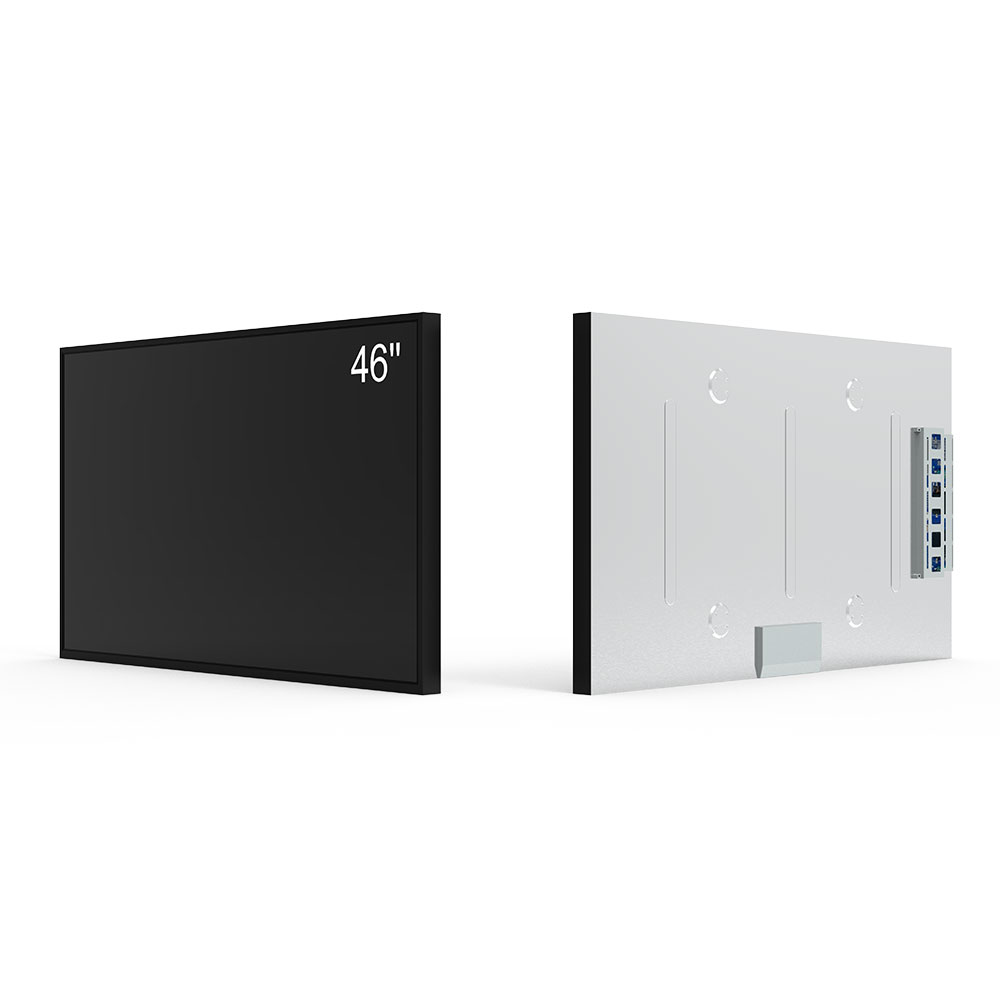Sunlight readable LCD screens are engineered to deliver clear visibility under intense outdoor lighting conditions—such as direct sunlight—without compromising performance or user experience. These displays are essential in industrial, military, medical, transportation, and outdoor consumer electronics applications where traditional LCDs fail due to glare, low contrast, or poor brightness levels.
The core design principles of a sunlight readable LCD involve high peak brightness (typically 5,000 to 10,000 nits), anti-reflective coatings, polarized filters, and sometimes active matrix liquid crystal technology with optimized driving methods. For example, the ISO 9241-3 standard defines visual ergonomics for display systems, emphasizing luminance uniformity and contrast ratios that must exceed 50:1 in bright environments. According to a 2023 report by MarketsandMarkets, the global sunlight readable display market is projected to reach $2.7 billion by 2028, driven by growth in automotive infotainment, UAVs, and ruggedized handheld devices.

Manufacturers like Crystalfontz and Novatek have implemented advanced technologies such as ambient light sensors and dynamic backlight modulation to maintain optimal visibility while reducing power consumption—a critical factor for battery-powered field devices. In military-grade applications, MIL-STD-810G compliance ensures resistance to shock, vibration, temperature extremes, and humidity—all essential for mission-critical operations. Additionally, the use of transflective LCD panels allows dual-mode operation: reflective mode for daylight and transmissive mode for indoor use, making them energy-efficient and versatile.

Real-world case studies confirm their effectiveness. A 2022 deployment by Siemens in offshore wind turbine monitoring systems showed a 40% reduction in operator errors when using 7,000-nit sunlight readable displays compared to standard LCDs. Similarly, Apple’s iPad Pro with its 2,000-nit brightness was shown to be effective in outdoor settings but still falls short of true sunlight readability standards required in harsh environments.
In summary, designing a sunlight readable LCD involves balancing optical engineering, materials science, and environmental resilience. Industry standards, real-world testing, and continuous innovation remain key to delivering reliable performance across diverse operational contexts.







